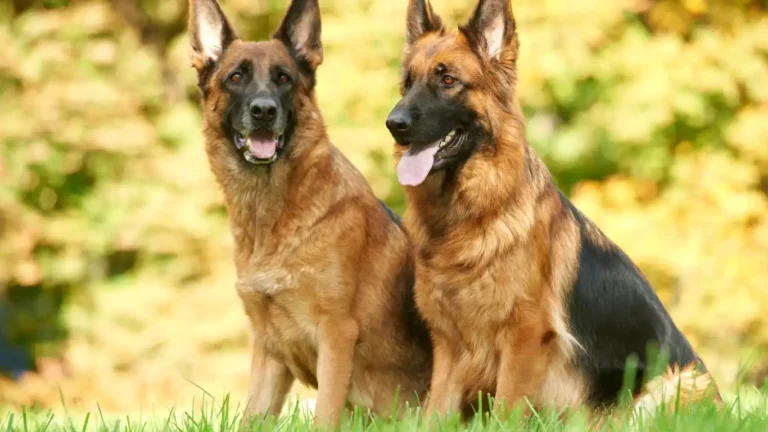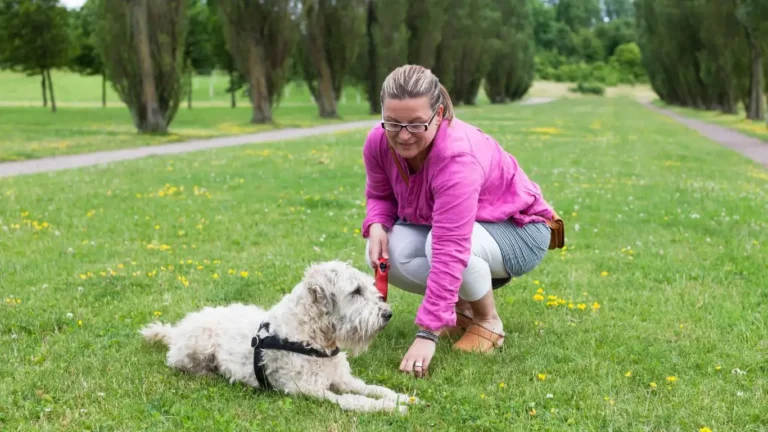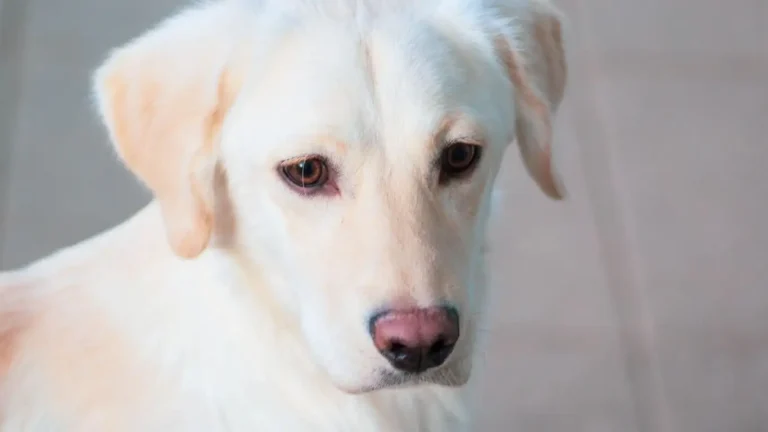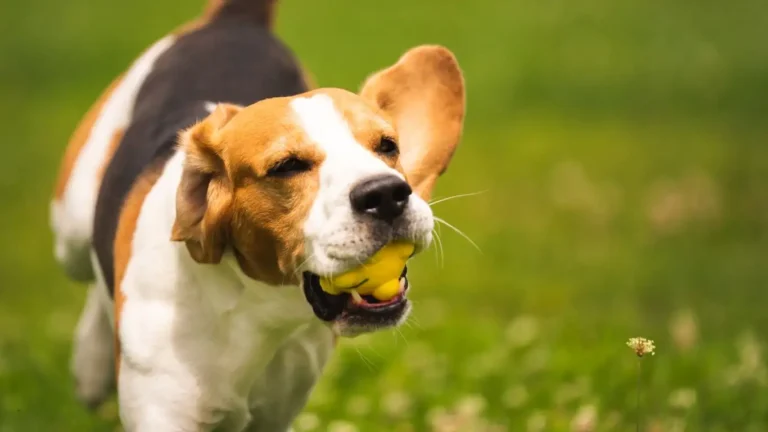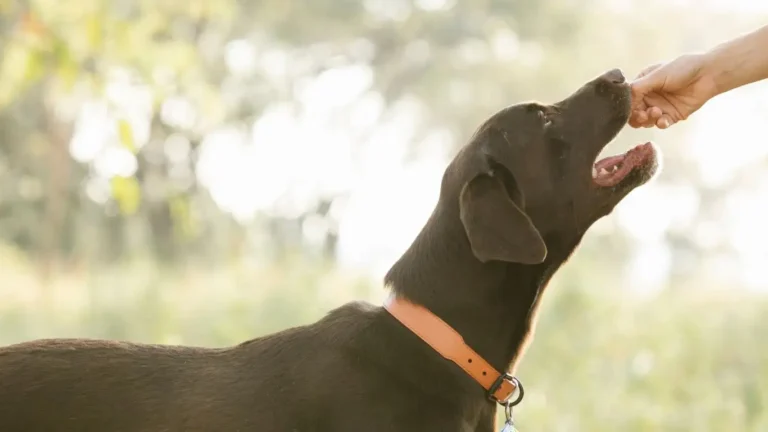Stop Your Dog from Chasing Bikes and Runners: Proven Training Guide
If you’ve ever yelled “Leave it!” while your dog bolts after a passing cyclist or jogger like it’s their full-time job, you’re definitely not alone. As a Veterinary Technician and Nutrition Specialist, I’ve had countless clients come in asking *how to teach a dog to stop chasing bikes and runners* without turning daily walks into a tug-of-war match. Whether it’s that herding instinct kicking in, pent-up energy, or plain ol’ curiosity, dogs often struggle to resist the temptation of fast-moving targets. Trust me, I’ve been there—not just professionally, but personally too. One of my own pups used to treat joggers like moving squeaky toys!
Why Do Dogs Chase Bikes and Runners?
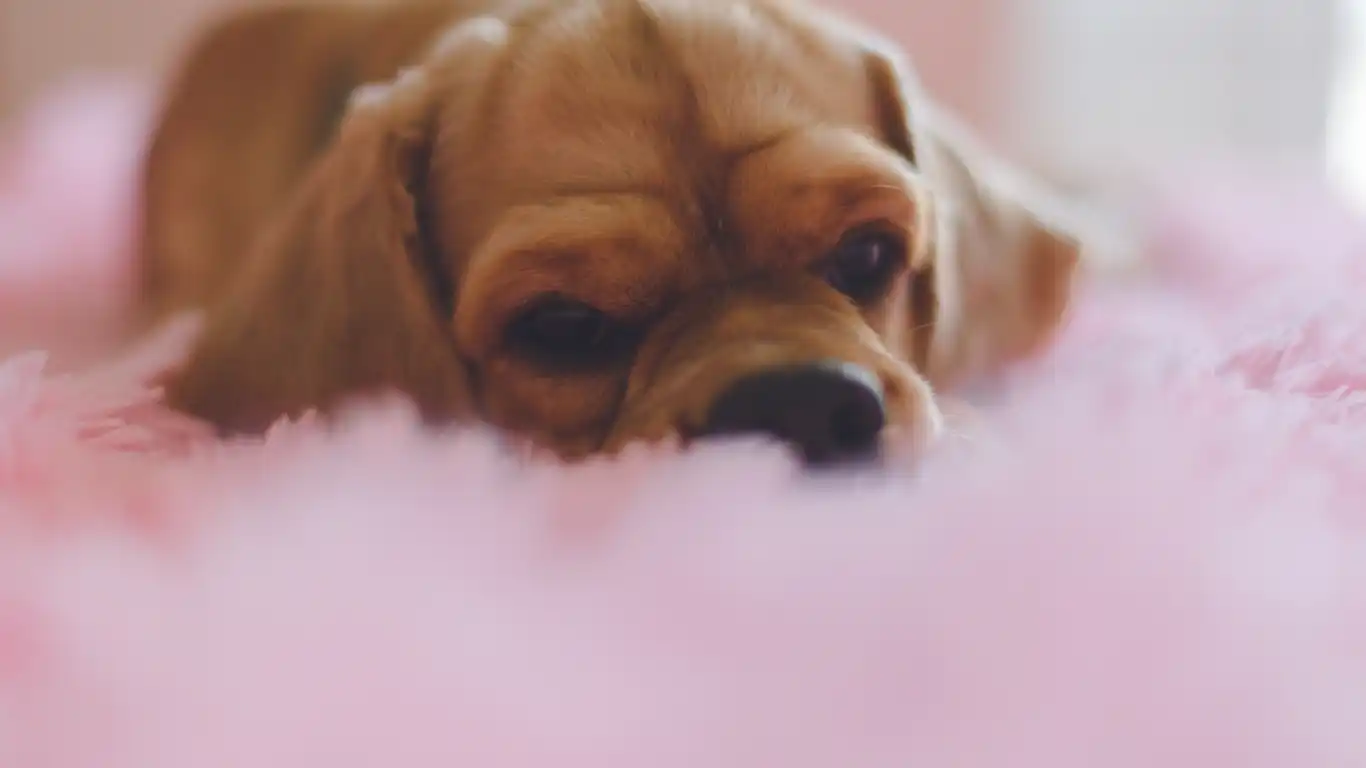
First off, it’s important to understand the “why” before we jump into the “how.” Dogs chase because it’s natural. Seriously, even the most well-behaved pooch can go full predator mode when something zips past them. The combination of movement, excitement, and sometimes anxiety triggers a primal urge that’s hardwired into their brain.
Common Reasons Dogs Chase:
- Prey drive: Many breeds, especially herders and hunters like Border Collies or Huskies, have a strong instinct to chase anything that moves fast.
- Frustration or excitement: If your dog isn’t getting enough physical or mental stimulation, chasing can be their way of burning off energy.
- Fear or anxiety: Some dogs react to the unpredictability of fast movement with reactivity.
- Lack of training: Let’s be real—sometimes our dogs just don’t know what we want from them yet.
I’ve had clients tell me, “But Bianca, he’s usually such a good boy until a biker comes by!” And I get it. One second they’re sniffing a fire hydrant, and the next they’re lunging like a caffeinated kangaroo. It’s not about them being bad dogs. It’s about setting them up for success through smart, consistent training.
Building Trust First: Your Dog Isn’t Trying to Embarrass You
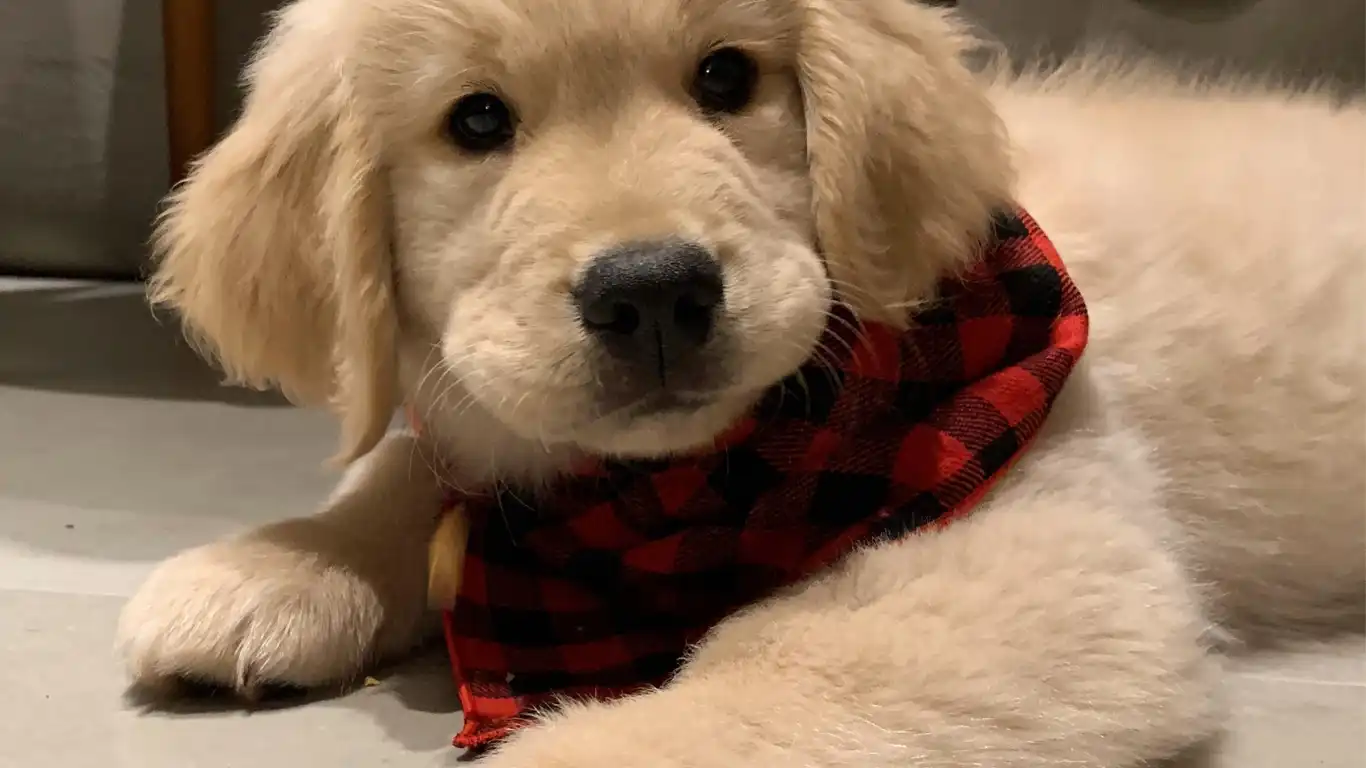
I always tell pet parents that the first step in *how to teach a dog to stop chasing bikes and runners* is understanding that you’re working as a team. If your dog sees you as a partner instead of an obstacle to get past, you’re halfway there. Building trust doesn’t mean being permissive; it means being consistent, clear, and calm.
How to Build Trust with Your Dog:
- Consistency is everything. Use the same commands, routines, and rewards every day. Dogs thrive on patterns—they’re not fans of mixed signals.
- Reward calm behavior. Don’t wait until they’re already losing their mind over a bike; catch them being chill and reinforce that.
- Use calm, confident energy. Our pups pick up on our vibes more than we realize. If we’re tense, they get tense.
I remember working with a Labrador mix named Bruno. Sweetest boy, but as soon as a jogger came into view, he’d turn into a sled dog. We started small: walking at quiet times, reinforcing his calm demeanor, and gradually introducing distractions. It was a process, but the payoff was real—within a few weeks, Bruno could sit calmly as runners passed by like it was no big deal.
Training Foundations: Start Before the Distraction Shows Up

Here’s something I can’t stress enough: the best time to teach your dog not to chase is *before* the trigger appears. That means setting up your training in low-stress environments and working your way up.
Step-by-Step Basics to Build Impulse Control:
- Master the Basics: Make sure your dog has rock-solid recall, a good “leave it” cue, and understands loose leash walking. These aren’t just party tricks—they’re your foundation.
- Introduce Controlled Movement: Start with low-level movement distractions like a rolling ball or someone slowly biking at a distance. Reinforce calm behavior with treats or praise.
- Use High-Value Rewards: Think chicken, freeze-dried liver, or whatever makes your dog’s eyes pop. You want them to be more interested in you than the cyclist flying by.
With my own reactive dog, Luna, I found that practicing on a quiet cul-de-sac early in the morning worked wonders. We’d wait for a single jogger to pass, and I’d mark and reward her for just watching quietly. Over time, that “watch and chill” response became automatic. No yanking, no barking, no drama. Just us, a leash, and some peanut butter treats.
Leash Techniques That Actually Work
Let’s talk gear for a second. The right tools can make your training easier, but they’re not magic solutions. I’ve seen clients try to fix chasing with fancy no-pull harnesses alone, and while those can help, behavior change has to come from consistent guidance and training.
Tools That Help Teach Your Dog Not to Chase:
- Front-clip harness: Helps redirect your dog’s forward momentum, giving you more control without hurting them.
- Head halters: Can be great for strong pullers, but only if introduced slowly and positively. Some dogs hate them at first!
- Long line: Perfect for practicing recall and “leave it” from a distance in a safe, open space.
Quick tip from experience: Always condition your dog to new gear indoors first. Let them wear it while getting treats or playing to make the association positive. I had a beagle patient who refused to walk with a head halter—until we made it part of his mealtime routine. Now he associates it with dinner!
Next up, we’ll dive into real-world scenarios, from park trails to busy sidewalks, and how to gradually build your dog’s self-control even when distractions come flying at full speed. Stick around—we’re just getting into the good stuff.
Real-Life Training Scenarios: From Calm Streets to Busy Parks
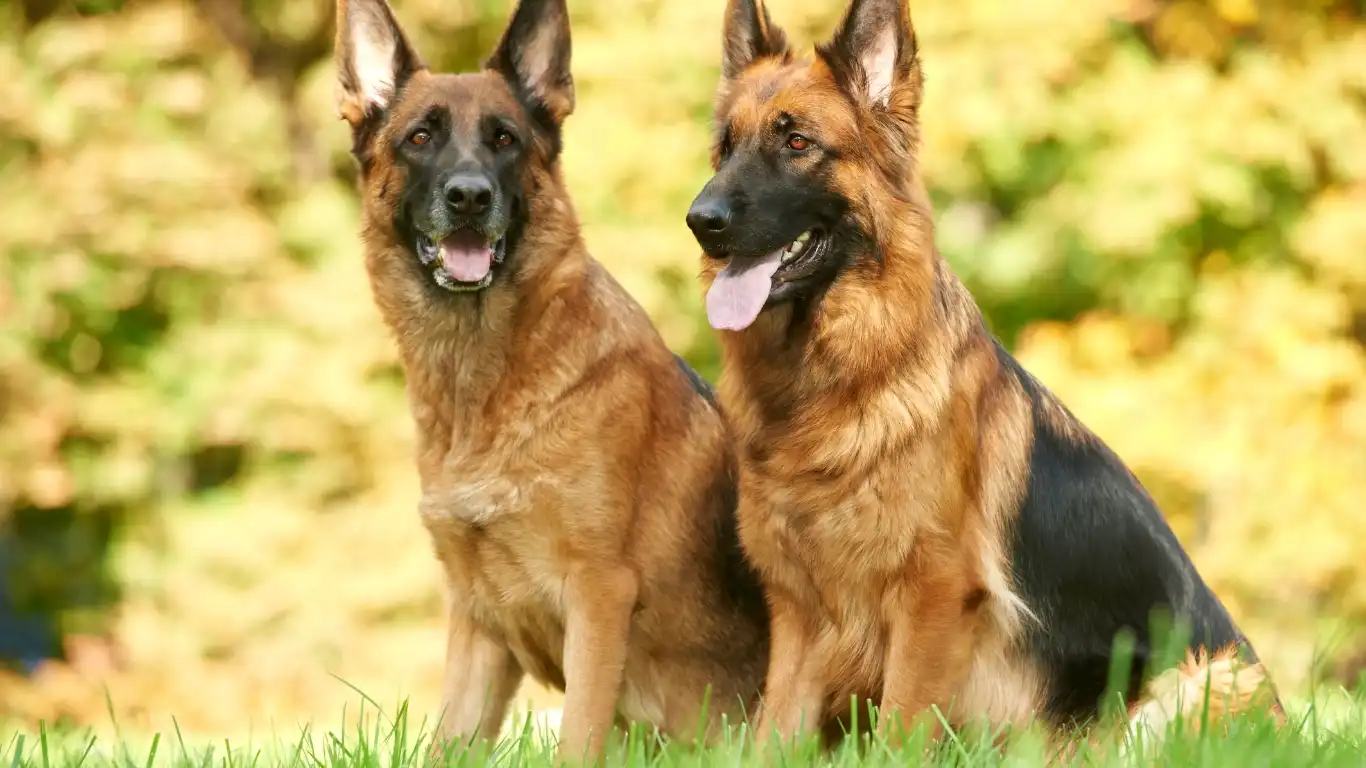
Alright, now that you’ve got the foundational skills and tools in your back pocket, it’s time to take things out into the real world. This is where *how to teach a dog to stop chasing bikes and runners* really comes to life. And believe me, this stage can be the trickiest—but also the most rewarding.
I always tell clients: don’t rush this. If your dog is barely holding it together when a jogger is 100 feet away, you’re not ready to walk by the local bike trail on a Saturday morning. Instead, set up situations where you can control the environment as much as possible.
Start with Low-Stakes Practice Areas:
- Early morning walks when fewer people are out
- Quiet neighborhood sidewalks with long lines of sight
- Enclosed tennis courts or parking lots (when empty)
I used to train a nervous terrier named Max. He had an obsession with rollerbladers—yes, specifically rollerbladers. We found a parking lot behind an office building that was empty on weekends and used it to practice basic leash skills and reactivity drills. That low-pressure environment made a massive difference in his confidence.
Desensitization + Counterconditioning = Game Changer
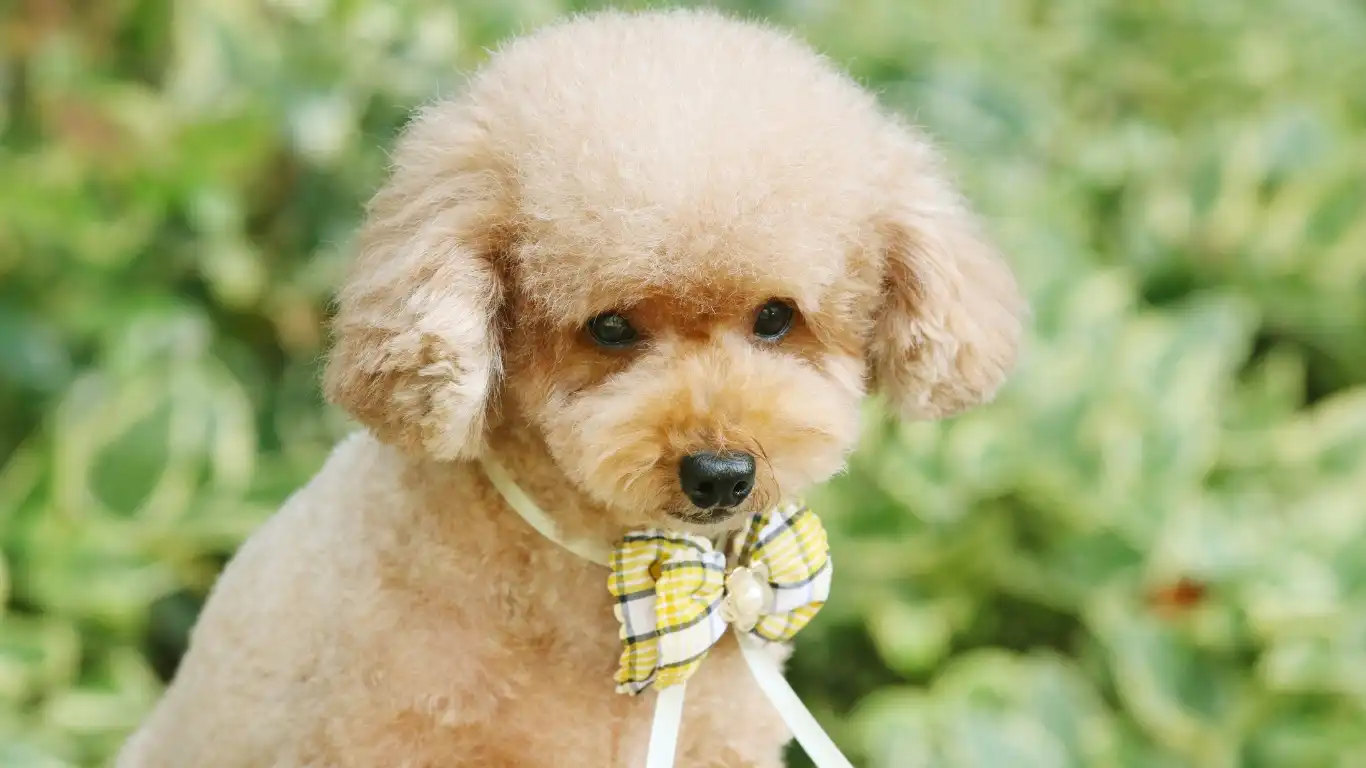
These two methods—desensitization and counterconditioning—are your best friends when working on behavior change. Sounds a little science-y, I know, but here’s the deal:
- Desensitization means gradually exposing your dog to their trigger (bikes, runners, etc.) at a level where they can stay calm.
- Counterconditioning means changing how they feel about that trigger by pairing it with something awesome, like treats or toys.
Put together, it looks like this: You spot a cyclist in the distance. Your dog notices, and instead of tensing up, you toss a few high-value treats on the ground. Your dog starts to associate cyclists with yummy rewards instead of panic or excitement. Over time, their emotional reaction shifts.
This is how I helped a German Shepherd client named Zara. We started desensitizing her to joggers at about 80 feet away. Every time someone ran past, her owner would reward her for staying calm. Eventually, we closed the distance, always letting Zara guide the pace. It wasn’t fast, but wow—it stuck.
Training Games That Make Learning Fun (Yes, Really!)
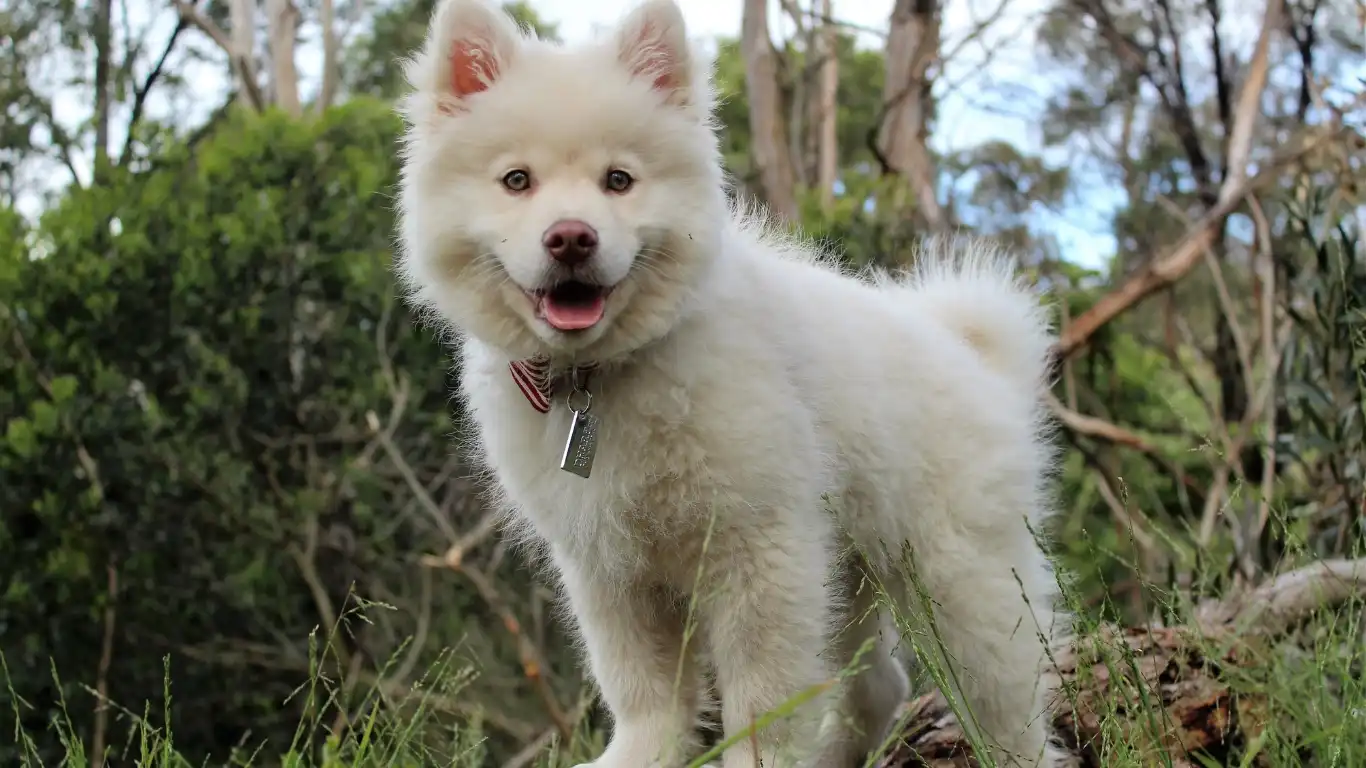
Let’s be honest—dog training can get frustrating, especially if your pup seems more interested in playing chase than listening to you. That’s why I love using training games to teach impulse control and focus. When your dog is having fun, learning happens faster—and you’re both less stressed.
Try These Games to Reinforce Calm Behavior:
- “Look at That!” Game: Your dog sees a trigger (bike, runner), and you say “Yes!” and reward them for simply looking without reacting. This builds neutral or positive associations.
- Find It! Toss treats on the ground and say “Find it!” when a trigger appears. It redirects their energy and keeps them engaged.
- Red Light, Green Light: Walk until your dog pulls or gets too amped up. Stop (“Red Light”). Wait for calm. Resume when they relax (“Green Light”). This teaches self-regulation in motion.
I’ve played these games in clinics, shelters, backyards—you name it. They’re simple, adaptable, and most dogs catch on super quickly. Plus, they strengthen your bond, which is huge when you’re trying to work through challenging behaviors.
Handling Setbacks Without Losing Your Mind (or Patience)
Here’s the truth: progress won’t be linear. Some days, your dog will ace every test. Other days, they’ll act like they’ve never heard the word “sit” in their life. That’s normal. Behavior change takes time, and setbacks don’t mean failure—they mean your dog is still learning.
What to Do When Your Dog Reacts:
- Stay calm. Reacting emotionally (yelling, yanking, etc.) will just reinforce the chaos.
- Get distance. Turn and calmly walk away until your dog can reset.
- Use it as data. Ask yourself: Was the trigger too close? Were they tired? Was I stressed?
One of my long-time clients, Sarah, once called me nearly in tears after her Golden Retriever lunged at a group of runners during their evening walk. She felt defeated. But after breaking it down, we realized they’d skipped their usual training warm-up, and it was busier than usual at the park. That insight helped us adjust future outings—and her dog bounced back just fine the next day.
Consistency Beats Intensity (Every Time)
When it comes to *how to teach a dog to stop chasing bikes and runners*, you don’t need marathon training sessions. What you need is consistent, short bursts of clear, focused work. Ten minutes of quality training a few times a day trumps a single 90-minute session every Sunday.
Make training part of your routine. Think of it like brushing your teeth—something small you do regularly that adds up to big results. Reinforce calm behavior often. Reward your dog when they’re making good choices even when no distractions are present. That builds a solid behavior foundation that holds up when distractions do show up.
Stick with it. Keep showing up. And celebrate those tiny wins—like the first time your dog glances at a cyclist and then looks up at you instead. That moment right there? That’s everything.
Stepping Up: Advancing Your Dog’s Focus with Higher-Level Challenges
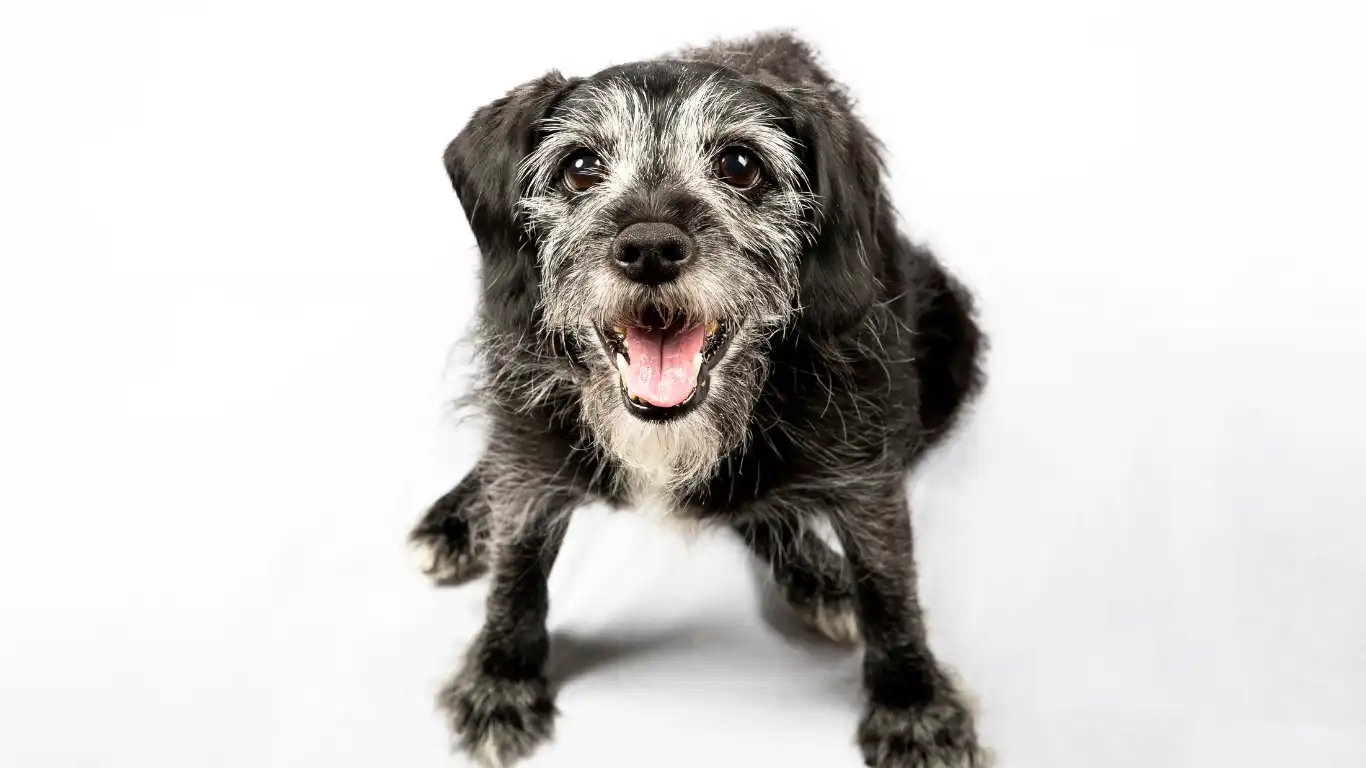
So, now that you and your pup have a solid foundation and you’ve worked through those beginner steps, let’s level up. Teaching your dog to stop chasing bikes and runners doesn’t end with “not pulling.” The goal is calm, consistent behavior—even when life throws curveballs. You’re not just stopping a bad habit. You’re building a whole new way for your dog to process the world.
By this stage, I usually see clients start to relax a little, and dogs begin to automatically check in with their person instead of reacting. It’s such a proud moment! I’ll never forget one particular training walk with a reactive Aussie named Charlie—three runners passed us in a row, and he didn’t even flinch. His mom legit cried, and I nearly joined her. These are the moments we train for.
Next-Level Training Ideas:
- Change up your locations: If your pup is solid at the park, try walking near bike trails or urban sidewalks. Gradually increase the intensity of the distractions.
- Add in movement: Practice your cues (like “watch me,” “leave it,” or “heel”) while you jog or bike slowly with your dog beside you. Use a friend as the moving distraction if needed.
- Introduce group walks: Being around calm dogs can help your pup learn by example. Just be sure the other dogs are well-behaved and the humans are on board with the training plan.
At this point, many pet parents ask, “When do I stop using treats?” Totally fair question. Here’s my take: you don’t stop rewarding good behavior—you just switch it up. Rewards can shift from food to play, praise, or freedom (like a sniff break). Keep things unpredictable and exciting so your dog stays tuned in.
Managing Expectations: Every Dog Is Different
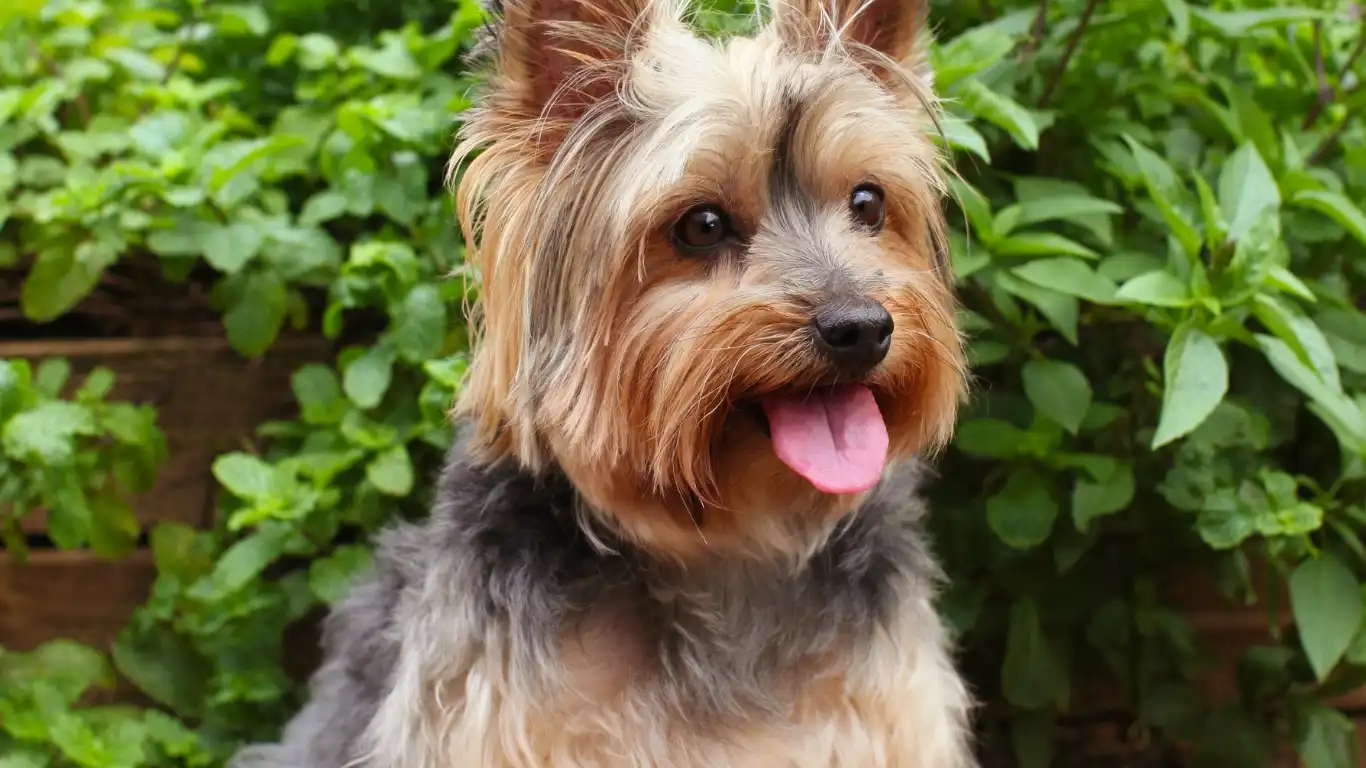
One of the hardest parts of teaching a dog to stop chasing bikes and runners is being patient with their individual learning curve. Some dogs pick it up fast. Others take weeks or months. And that’s okay. You’re not failing—you’re learning alongside them.
Sometimes, I have to gently remind pet parents that progress isn’t a straight line. There’s no magic switch. What works for your neighbor’s Labrador might not work for your high-strung Jack Russell. And what worked last week might fall apart today because, well, dogs have moods too.
Keep These Things in Mind:
- Breed and genetics matter: Herding and hunting breeds may need extra time and creative strategies due to their high prey drive.
- Age and experience count: Young, energetic dogs will naturally have a harder time with impulse control. Senior pups might surprise you with their calm!
- Your consistency is key: Even five minutes of daily practice adds up. Dogs thrive when we give them clear signals and expectations.
As a vet tech, I’ve worked with everything from Belgian Malinois to Shih Tzus, and let me tell you—each one brought a different kind of challenge and joy. That’s what makes this work so rewarding. No two dogs are alike, and no journey looks the same.
Celebrating Wins (Even the Tiny Ones)
When you’re deep in training, it’s easy to overlook how far you’ve come. But those little wins? They matter. A quiet glance instead of a lunge, a wagging tail instead of frantic barking, even one less tug on the leash—that’s growth.
I encourage my clients to track progress, whether that’s with a training journal, a checklist, or even short video clips. Seeing where you started vs. where you are now is a powerful motivator, especially on the days when everything feels stuck. Plus, it helps you troubleshoot and celebrate together.
Ideas for Tracking Progress:
- Note your dog’s reaction distances (how close a bike or runner can get before your dog reacts).
- Log which environments they succeed in vs. struggle with.
- Record any behavior breakthroughs (like choosing to sit instead of chase).
And hey—celebrate those wins. Seriously. Whether it’s a pup cup from the drive-thru or an extra-long play session, reward both of you for the hard work you’re putting in. Training is teamwork, and teams celebrate victories together.
When to Call in the Pros
If things aren’t improving or you’re feeling overwhelmed, it’s perfectly okay to bring in a certified dog trainer or behavior consultant. In fact, I encourage it. A fresh set of eyes can make a world of difference, and they’ll help tailor your approach to your specific dog’s needs.
Look for trainers who use positive reinforcement methods and have experience with reactivity. Trust your gut—if someone pushes harsh corrections or quick fixes, walk away. Your dog deserves better.
Resources like AKC and PetMD are great starting points for finding reputable professionals or brushing up on training basics. For behavior issues that go deeper than training—like fear-based aggression—consider consulting with a veterinary behaviorist who can evaluate the situation holistically.
Final Thoughts: Progress Over Perfection
At the end of the day, teaching your dog to stop chasing bikes and runners is about more than just preventing embarrassment on walks. It’s about helping your dog feel safe, connected, and confident. It’s about building a bond rooted in trust and mutual understanding.
Whether you’re just starting out or already well into the journey, know this: you’re doing something incredibly important. You’re giving your dog the tools to thrive in a human world, and that’s no small feat.
And if no one else tells you—I’m proud of you. Seriously. This kind of training takes heart, patience, and love. But it works. I’ve seen it time and time again, in exam rooms, in living rooms, and on walks where reactive dogs become relaxed companions. Keep going. You’ve got this.
References:
Disclaimer:
This content is for informational purposes only and does not substitute veterinary advice, diagnosis, or treatment. Always consult with your veterinarian or a certified dog trainer regarding your individual pet’s needs and behaviors.

